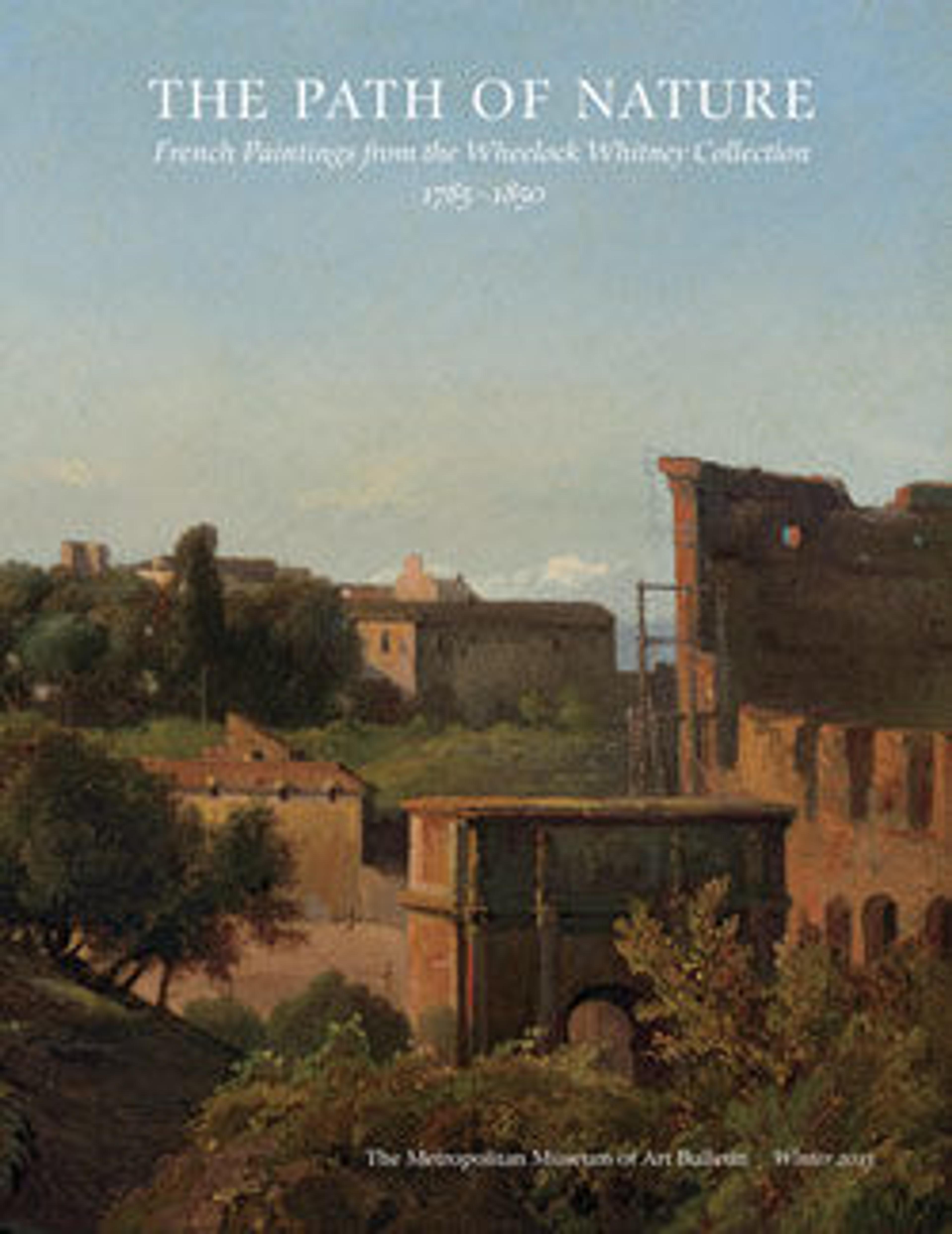A Man from the Middle East in the Artist's Studio
Most of Leprince’s sitters seem to have been more or less like the painter himself—elegant Parisians of the middle class. The identity of the model depicted here and the circumstances that brought him into the artist’s studio are unknown, but beginning with Napoleon’s invasion of Egypt in 1798, French artists from Girodet to Géricault had relished the opportunity to paint figures in Middle Eastern dress. Leprince’s interest in this pensive man may have stemmed from the war of independence being waged by the Greeks against the Ottoman Turks in the 1820s.
Artwork Details
- Title: A Man from the Middle East in the Artist's Studio
- Artist: Auguste-Xavier Leprince (French, Paris 1799–1826 Nice)
- Date: ca. 1823–26
- Medium: Oil on canvas
- Dimensions: 12 7/8 x 9 5/8 in. (32.7 x 24.4 cm)
- Classification: Paintings
- Credit Line: The Whitney Collection, Gift of Wheelock Whitney III, and Purchase, Gift of Mr. and Mrs. Charles S. McVeigh, by exchange, 2003
- Object Number: 2003.42.39
- Curatorial Department: European Paintings
More Artwork
Research Resources
The Met provides unparalleled resources for research and welcomes an international community of students and scholars. The Met's Open Access API is where creators and researchers can connect to the The Met collection. Open Access data and public domain images are available for unrestricted commercial and noncommercial use without permission or fee.
To request images under copyright and other restrictions, please use this Image Request form.
Feedback
We continue to research and examine historical and cultural context for objects in The Met collection. If you have comments or questions about this object record, please contact us using the form below. The Museum looks forward to receiving your comments.
